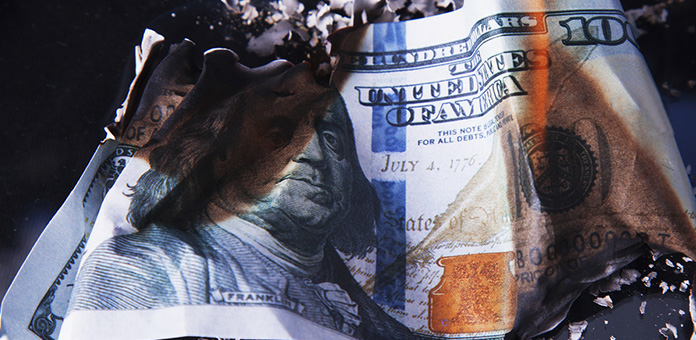
Nations created and now rely upon central banks to manage their financial health. Central banks attempt to accomplish this objective with something called “monetary supply,” or the availability of the nation’s currency in the marketplace. In addition to this modern tool, countries have the traditional fiscal power of spending and taxation.
The Grand Financial Experiment
While many financial sources speak of monetary policy as a proven concept, it is the largest ongoing financial experiment the world has known. Only with the creation of fiat currencies free of any precious metal backing can governments replenish the money supply at their whim. 1
Since the economic meltdown that started in 2008, the world’s governments have been creating historic levels of debt and supporting unsustainable deficit spending. This is all part of the latest phase of the experiment: attempting to spur economies back into healthy growth with massive levels of “new money.”
“Controlled” Inflation
While the decade-long effort has prevented another global collapse, many believe that the central banks are now in a “cheap money” spiral that they can only escape by increasing borrowing costs and encouraging a round of what they hope will be controlled, modest inflation. 2
Central banks hold a positive theory for controlled inflation:
- Controlled inflation is preferable to deflation.
- The policy reduces the long-term cost of government debt.
- It encourages consumers to spend today rather than tomorrow.
The core goal of all nations is to avoid deflation and ensure steady economic growth. Creating “target inflation levels” is one of the preferred methods to do so. However, it is very important to understand that there is no proven science behind many of the economic theories, and the world has never seen the effects of the truly record-setting accumulation of global debt in the past decade.
The Consequences of Inflation
The simple fact is that inflation—even low levels of inflation—has a corrosive cumulative long-term effect on the value of many portfolios. The key test to value is purchasing power. Assets that do not appreciate adequately in the face of inflation have less purchasing power and thus less value. In other words, a dollar today will not have the same value five years from now due to the effects of inflation.
Many economists and advisors are now expressing grave concerns over how the current experiment is shaping the expectations for future levels of inflation. 3 Some, such as Paul Krugman, are even recommending inflation targets of 4 percent. These levels can reduce the current value of paper currency by 50 percent in less than a decade. Of course, the central banks would love to reduce their debt by fifty percent.
Safety in Gold
Gold has served for centuries as a primary investment to protect against the ravages of inflation. The unknown consequences of the current global currency experiment and the move to higher inflation are only two reasons many in-the-know investors are moving to gold for stability in the coming years.
Additional Sources
2 – https://www.bloomberg.com/news/articles/2016-09-12/inflation-targeting-under-fire-spurs-kiwi-pioneer-to-its-defense-it0ezayf
3 – http://www.zerohedge.com/news/2016-08-16/lord-rothschild-greatest-experiment-monetary-policy-history-world

